Explore the history of Utility Management at Carleton
Late 1800s

1908

1910
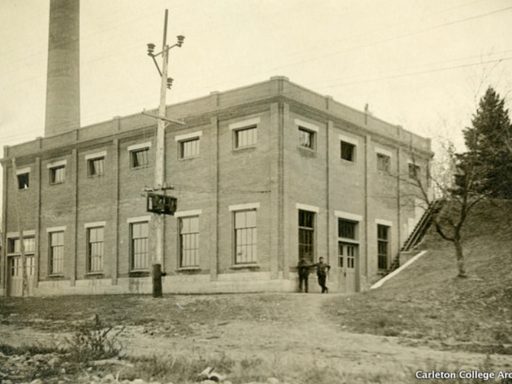
1927
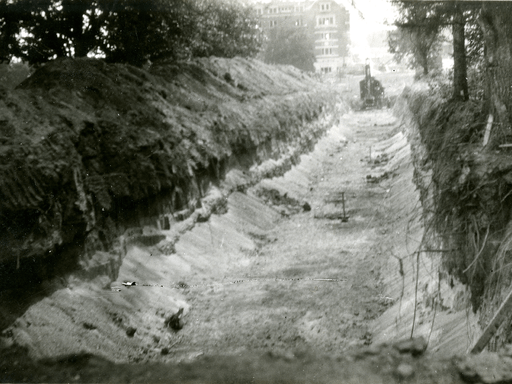
1941
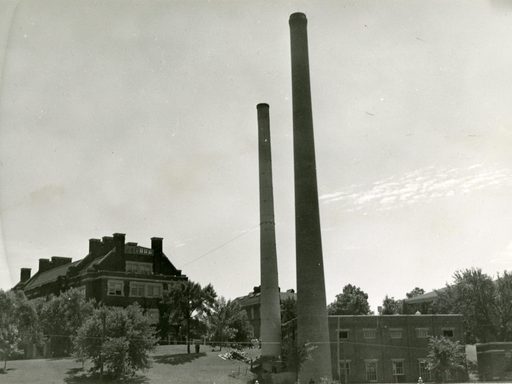
1951
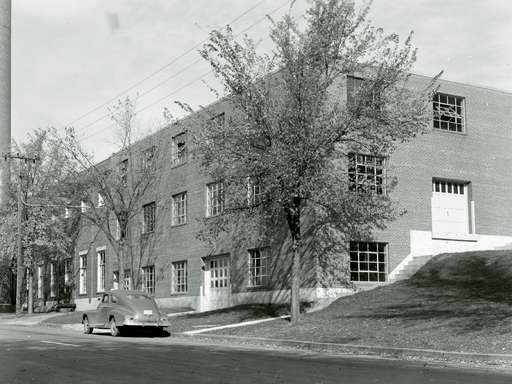
1957
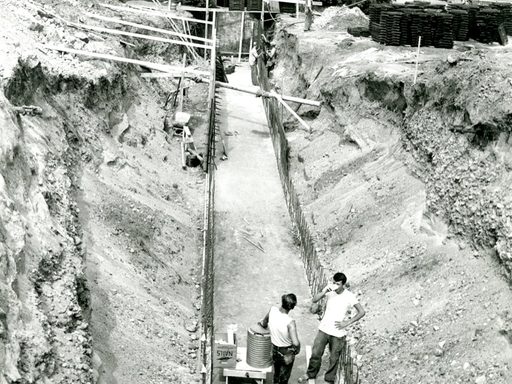
1950s to 1960s
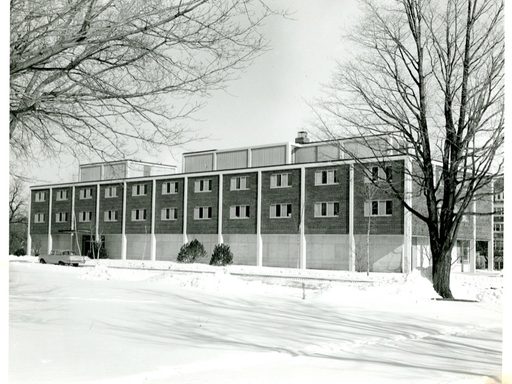
1960s
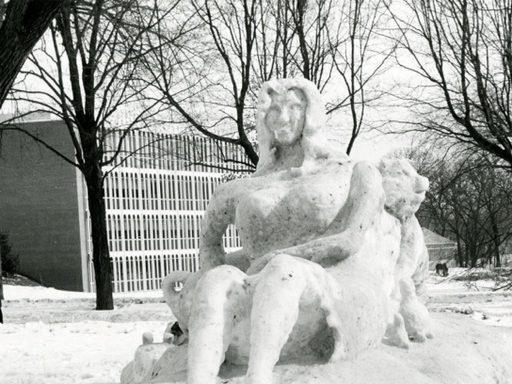
1980s
The Central Plant gets another addition: chilled water, which provides air conditioning to select campus buildings. For more history of air conditioning, see the Department of Energy website.
1988
The college closes its steam tunnels to pedestrian access, citing safety and security concerns.
2004
September 25, 2004 marked the dedication of Carleton’s 1.65 megawatt wind turbine, the first utility grade wind turbine in the country to be owned by a college. This turbine replaces about 40 percent of the college’s total electrical load with renewable, non-polluting energy.
2006
Electrical system upgrading moves the campus grid from 4160 Volts to 13,800 Volts, enabling the second wind turbine to be directly connected to the campus grid. As part of the electrical system upgrade 2 x 2.25 MW diesel backup generators were installed to back the campus up 100%.
March 2007
Carleton signs the American College and University President’s Climate Commitment, ACUPCC, which allows each campus across the nation to set greenhouse gas emission reduction targets and a carbon neutrality date. Carleton’s climate neutrality goal is 2050.
2009
Carleton installs its first solar arrays (solar PV and solar thermal) on the roofs of Cassat Hall and James Hall, helping both of these buildings achieve a LEED Gold rating.
2010
Carleton hires Martha Larson as the Manager of Campus Energy and Sustainability to oversee the Climate Action Plan and is tasked with installing Carleton’s second wind turbine. (Martha now manages a team of staff and students in the Sustainability Office and is the project lead on the Utility Master Plan.)
2011
With one wind turbine and two solar installations in place, Carleton’s Board of Trustees approves a Climate Action Plan that will guide sustainability efforts for years to come.
2011
Carleton builds its second wind turbine. This turbine provides power directly to Carleton’s electrical grid — approximately 4,000–5,000 MWh of electricity per year, or one-third the annual power needs of nearly 2,000 full-time students plus hundreds of staff and faculty — using clean, renewable energy. This project reduces Carleton’s carbon footprint by approximately 10 percent.
2014
The Facilities Master Plan is created. The goal of the plan is to outline the next 30 years of new construction, renovation, and replacement of Carleton’s buildings.
Summer of 2016
Before installing geothermal across campus, test bores were drilled on the Bald Spot.
June 2017
Utility Master Plan breaks ground at Bell Field, drilling horizontal bores underneath the soccer fields. This type of drilling preserves the work of the grounds crew in resurfacing the turf for soccer and sits above the water table near the river. Vertical drilling also happens on the Mini Bald Spot during the summer and early fall of 2017.
Febuary 2017
Based on the outcomes of the 2014 Facilities Master Plan, Carleton’s Board of Trustees approves the Utility Master Plan. Gross emissions projections for Carleton show that the plan will reduce carbon emissions to 16,785 metric tons. Remaining reductions to reach the carbon free by 2050 goal will come from future energy, waste, and indirect emissions projects.
June–September 2018
Vertical bore drilling takes place under the Bald Spot.
May 2021
END OF STEAM!
2050
Sticking to our goals stated by the ACUPCC, Carleton is on track to achieve our goal of carbon neutrality by 2050.